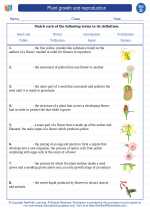Nucleic Acids
Nucleic acids are a class of macromolecules that are essential for the storage and expression of genetic information. They are composed of monomers called nucleotides, which consist of a sugar molecule, a phosphate group, and a nitrogenous base.
Types of Nucleic Acids
There are two main types of nucleic acids:
- Deoxyribonucleic Acid (DNA): DNA is the genetic material found in the nucleus of cells. It contains the instructions for building and maintaining an organism.
- Ribonucleic Acid (RNA): RNA is involved in various biological processes, including protein synthesis and gene regulation. It is found in the nucleus and cytoplasm of cells.
Structure of Nucleic Acids
The structure of nucleic acids is characterized by the arrangement of nucleotides along a sugar-phosphate backbone. In DNA, the sugar is deoxyribose, while in RNA, the sugar is ribose. The nitrogenous bases in DNA are adenine (A), thymine (T), cytosine (C), and guanine (G). In RNA, thymine is replaced by uracil (U).
Functions of Nucleic Acids
Nucleic acids play crucial roles in the following processes:
- Storage of Genetic Information: DNA stores the genetic instructions that are passed from one generation to the next.
- Protein Synthesis: RNA is involved in the translation of genetic information into proteins through the process of transcription and translation.
- Gene Regulation: Nucleic acids are involved in controlling the expression of genes, influencing the development and functioning of an organism.
Study Guide
Here are some key points to remember when studying nucleic acids:
- Define nucleic acids and describe their composition.
- Explain the differences between DNA and RNA.
- Describe the structure of nucleic acids, including the sugar-phosphate backbone and nitrogenous bases.
- Discuss the functions of nucleic acids in storing genetic information, protein synthesis, and gene regulation.
- Compare and contrast the roles of DNA and RNA in the cell.
Understanding nucleic acids is fundamental to grasping the mechanisms of heredity and biological processes at the molecular level. Be sure to review the material thoroughly and practice applying the concepts to different scenarios.
Good luck with your studies!
.◂Science Worksheets and Study Guides Fourth Grade. Plant growth and reproduction
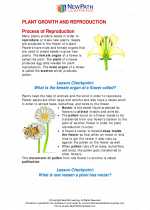
 Worksheet/Answer key
Worksheet/Answer key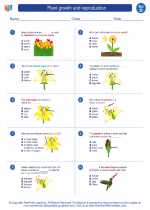
 Worksheet/Answer key
Worksheet/Answer key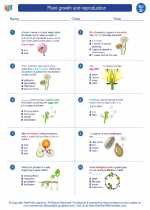
 Worksheet/Answer key
Worksheet/Answer key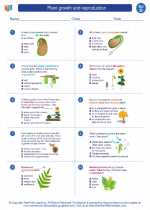
 Vocabulary/Answer key
Vocabulary/Answer key
 Vocabulary/Answer key
Vocabulary/Answer key